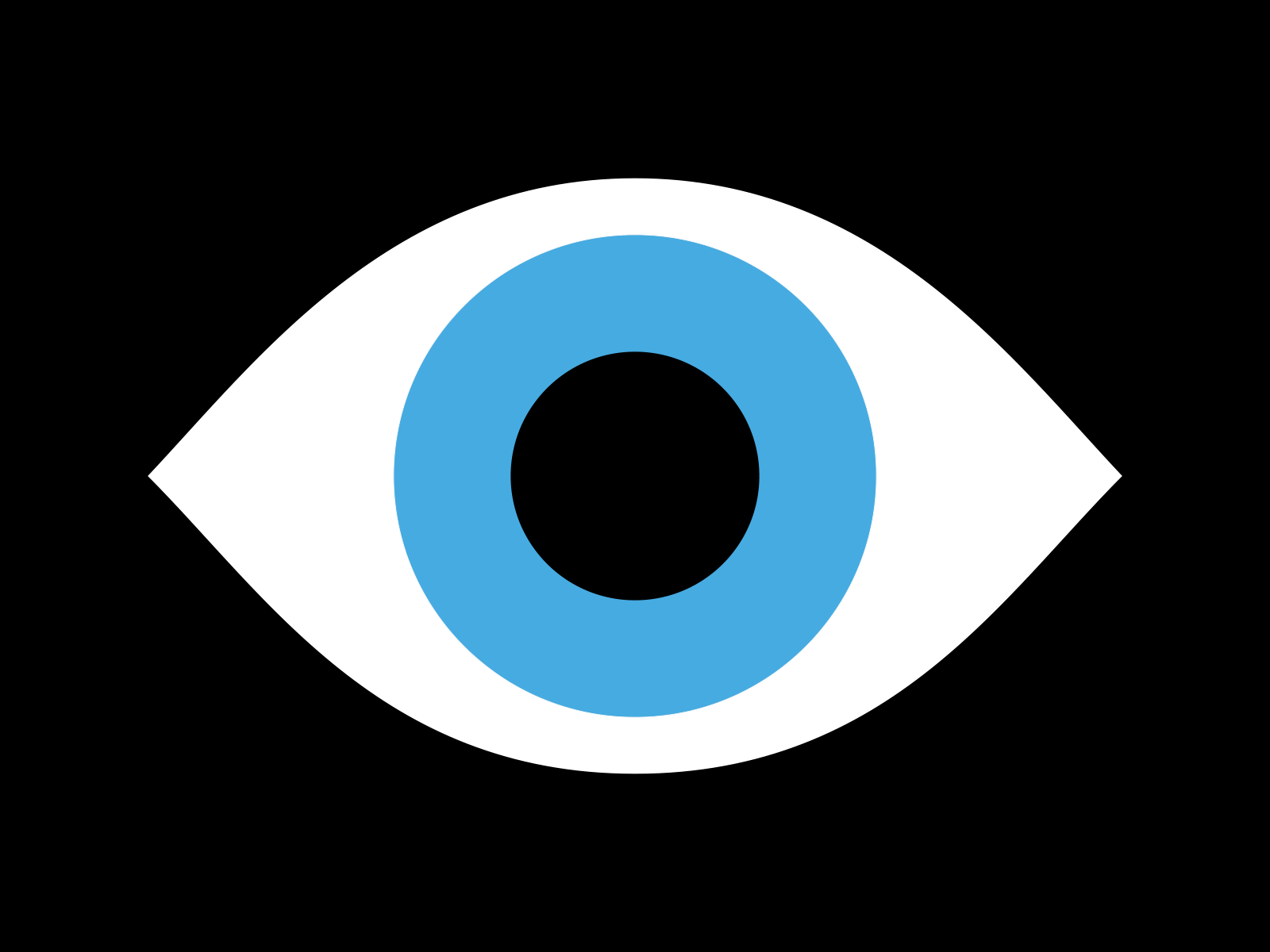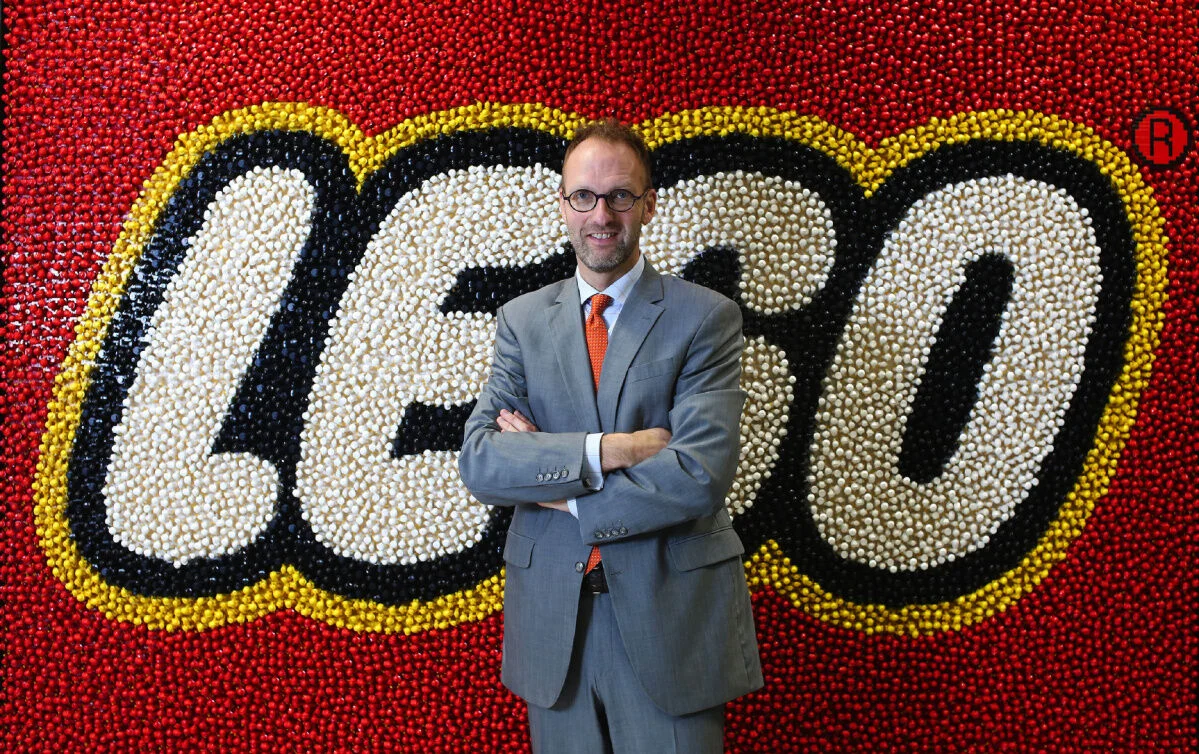The Lego turnaround story is often told. It is rarely understood. Most see operational discipline. Cut costs. Focus on the core. CEO saves company through efficiency. That reading mistakes tactical fixes for strategic architecture.
2003: Lego bleeds $1 million daily. Specialized pieces overflow warehouses. Star Wars sets rot after movie hype dies. Classic turnaround setup.
Jørgen Vig Knudstorp becomes CEO in 2004 — first outsider to run the company. He doesn’t ask “how do we cut costs?” He asks, “What makes Lego inevitable?”
The answer: Systematic Creativity. Not toys. A creative medium.
Toys are products you buy. Creative mediums are systems you invest in. Once you see that distinction, every decision changes.
Take the 12,000 to 7,000 parts reduction. People see simplification. It’s actually a painful commitment to the System. Fewer specialized pieces force designers to honour interoperability. Your 1958 bricks still click perfectly with 2024 sets. That discipline enforces positioning through constraint.
Here’s the critical detail everyone misses.
Lego tried outsourcing manufacturing. Failed immediately. Third-party factories couldn’t maintain precision. Bricks wouldn’t hold properly. The “clutch power” died.
Knudstorp reversed course. But he didn’t just bring manufacturing back. Lego invested massively in proprietary moulding technology. Precision to 0.002 millimetres. Ten times tighter than standard injection moulding.
Wall Street called this insane. Why spend millions on manufacturing when everyone else outsources? Because precision IS the positioning. Systematic Creativity requires systematic precision. That satisfying click when bricks connect? That’s trust. That’s 66 years of perfect compatibility. Break that and you break everything.
This is what organizational gravity looks like.
Every decision serves one concept or doesn’t happen.
Theme parks? Killed. Video games? Axed. Clothing? Gone. Not because they lost money. Because they position Lego as entertainment instead of a creative medium.
The war room with public metrics? Governance disguised as transparency. Product owners post results so that everyone can see them. Your product either serves Systematic Creativity or it doesn’t ship.
2008: LEGO Ideas launches. Fans submit designs. Community votes. Winners become official sets. This isn’t engagement. It’s architectural integration. Your customers become your R&D. They pre-validate demand. They literally build your pipeline.
2014: The Lego Movie. Not marketing. Manifestation. Entire plot: an ordinary person uses a standard system to build extraordinary things. Makes $468 million because it shows what customers already believe.
Systematic Creativity in action.
Results:
- 2015: Overtakes Mattel as the world’s largest toy company
- 2017: $5.2 billion revenue at 34% operating margin
- Today: Plastic bricks at software margins
Competitors try copying. Mega Bloks makes compatible pieces. Runs fan contests. Licenses properties. Doesn’t work. You can copy a brick. You cannot copy the architecture, the manufacturing precision, and the community integration. They’re making toys. Lego owns a creative medium.
This is positioning at Level 4. Not what you say. Not what you prove. What your entire business architecture makes inevitable.
Lego didn’t optimize operations. They engineered inevitability.
Your business faces the same choice. You can cut costs, focus on core, get efficient. That buys time. Or you can answer the real question: What concept could you own so completely that your entire business serves it?
What would you invest in that looks crazy to competitors but creates organizational gravity? What would you kill that makes money but dilutes your positioning?
Because businesses that last don’t do many things well. They make one thing inevitable. The precision is the positioning. The constraint is the creativity. The system is the product.
Lego didn’t get back to the brick. They became Systematic Creativity.
What will you become?



Leave a Reply
You must be logged in to post a comment.